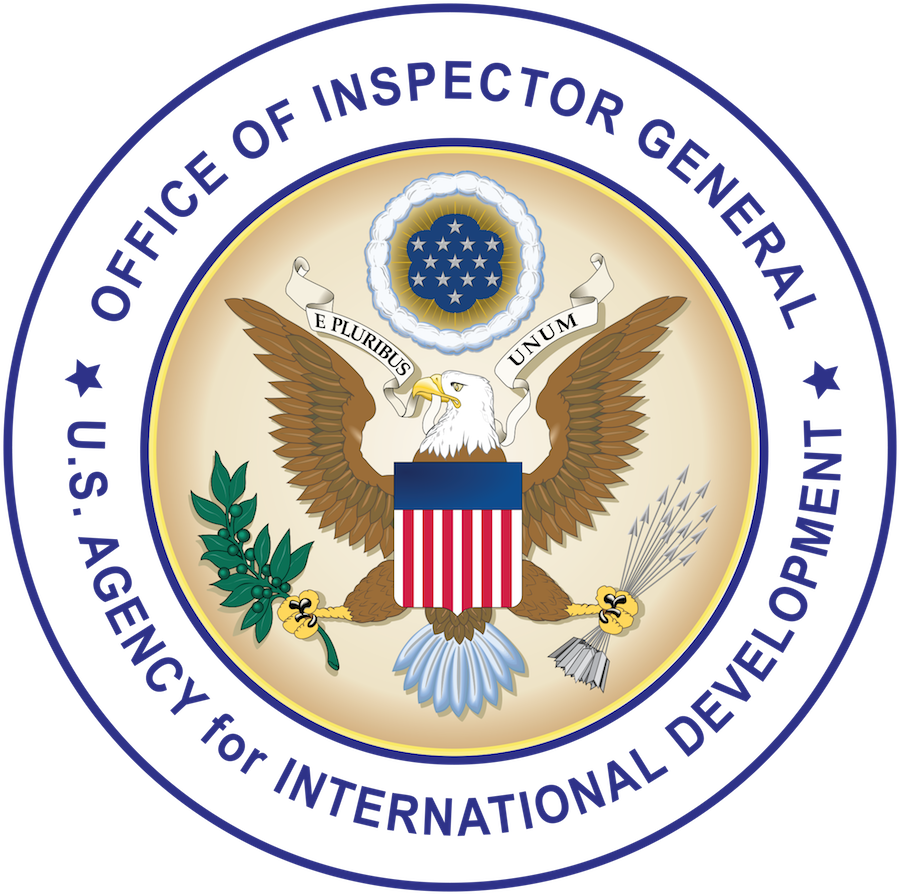Why We Did This Audit
Branding and marking are central elements of USAID’s effort to enhance the visibility and value of U.S. foreign assistance by informing beneficiaries that the aid they receive is from the American people. Unfortunately, according to USAID, beneficiaries of billions of dollars in U.S. foreign assistance are often unaware that the aid they receive is provided by the American people. This need for awareness has only increased as foreign assistance programs have been more fully integrated into the U.S. National Security Strategy. Also, this audit was required by the USAID Branding Modernization Act (Public Law No: 116-334).
We conducted this audit to determine the extent to which USAID (1) has policies and procedures to ensure compliance with statutory branding and marking requirements and (2) provided information and oversight to ensure implementers complied with branding and marking requirements.
Key Findings
While USAID’s policies and procedures were consistent with Federal requirements, additional clarification could address some weaknesses in waiver requirements. Weaknesses include the Agency’s lack of:
- documentation of key elements in waiver decisions,
- consistency in the filing of waivers, and
- clarity in the use of the term “blanket waiver.”
These weaknesses could cause confusion, impair internal coordination as mission staff turnover, and undermine the Agency’s ability to have a holistic view of the way branding and marking waivers are used. By taking the corrective actions we recommended, USAID would better ensure compliance with branding and marking requirements—thereby fulfilling the goal of enhancing the visibility and value of U.S. foreign assistance by informing beneficiaries that aid was provided from the American people.
Additionally, while USAID’s oversight methods generally ensured that implementers complied with branding and marking requirements for sampled awards. For example, our review of 251 program materials found that 241 (96 percent) were marked with the USAID identity as required. However, agreement officer’s representatives were not formally assigned responsibility to monitor marking, even though they reported monitoring compliance. This was in contrast to the Agency’s practices for contractor officer’s representatives.
We made three recommendations to better ensure compliance with branding and marking requirements. USAID agreed with two of our recommendations and partially agreed with one of our recommendations. For all three recommendations, we consider that USAID’s action plan meets the intent of our recommendations.
